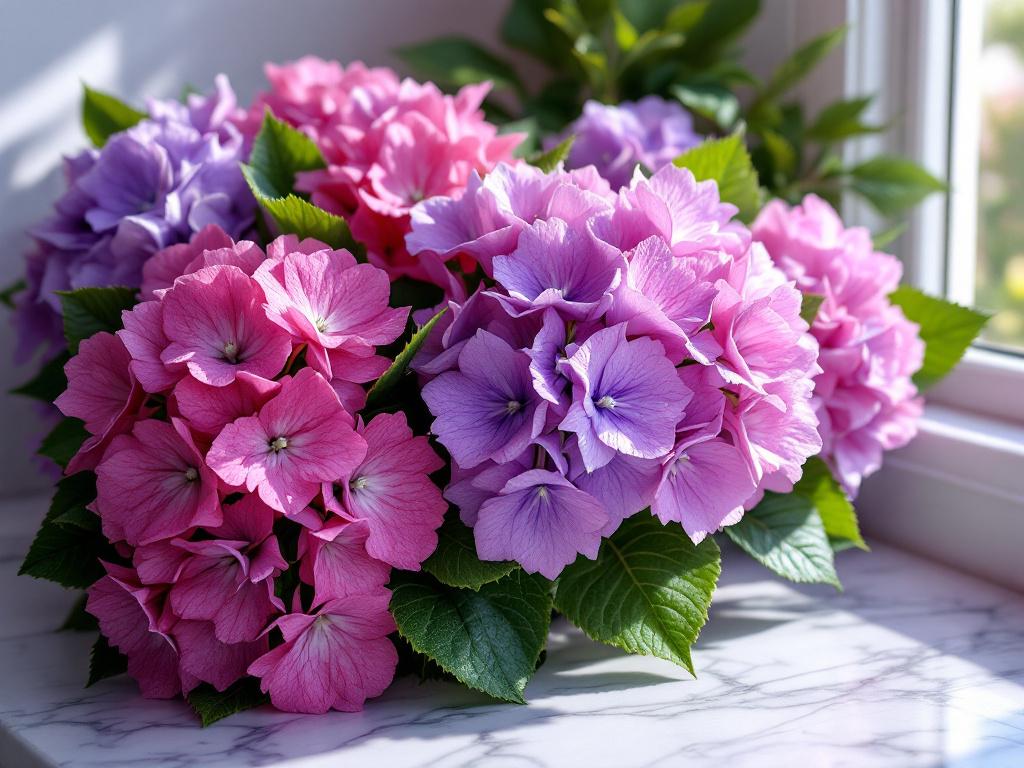
Hydrangeas have earned their status as one of the most cherished flowers in the world of floral arrangements, captivating admirers with their striking appearance and versatile nature. These perennial plants are renowned for their large, lush clusters of blooms, which can range from soft pastels to vibrant hues, making them an attractive choice for various decorative needs. The unique morphology of hydrangeas, with their round pom-pom-like flower heads, adds volume and texture to any arrangement, allowing for creative expression in both formal and casual settings.
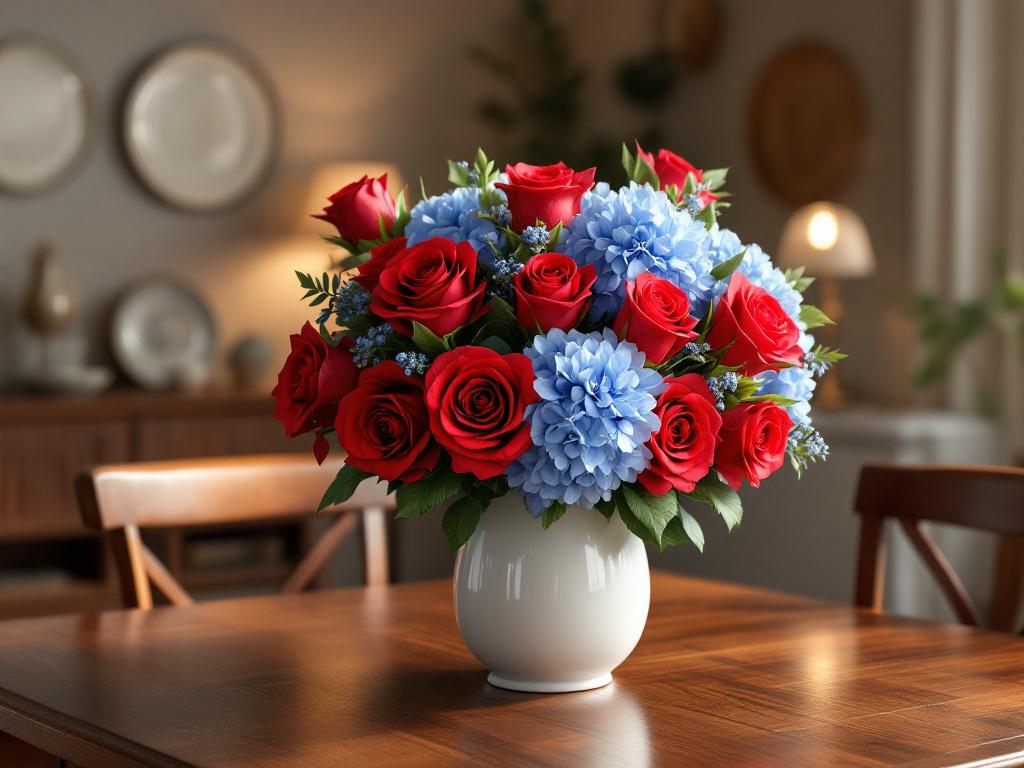
The color palette of hydrangeas is remarkably diverse, encompassing shades such as blue, pink, purple, white, and even green. Interestingly, the color of the blooms can change based on the soil pH. Acidic soils often produce blue flowers, while alkaline soils can yield pink varieties. This adaptability not only enhances the appeal of hydrangeas but also allows floral designers to customize arrangements according to their desired aesthetic. Additionally, the flowers are known for their extended blooming period, which can last from late spring to early fall, further contributing to their popularity.
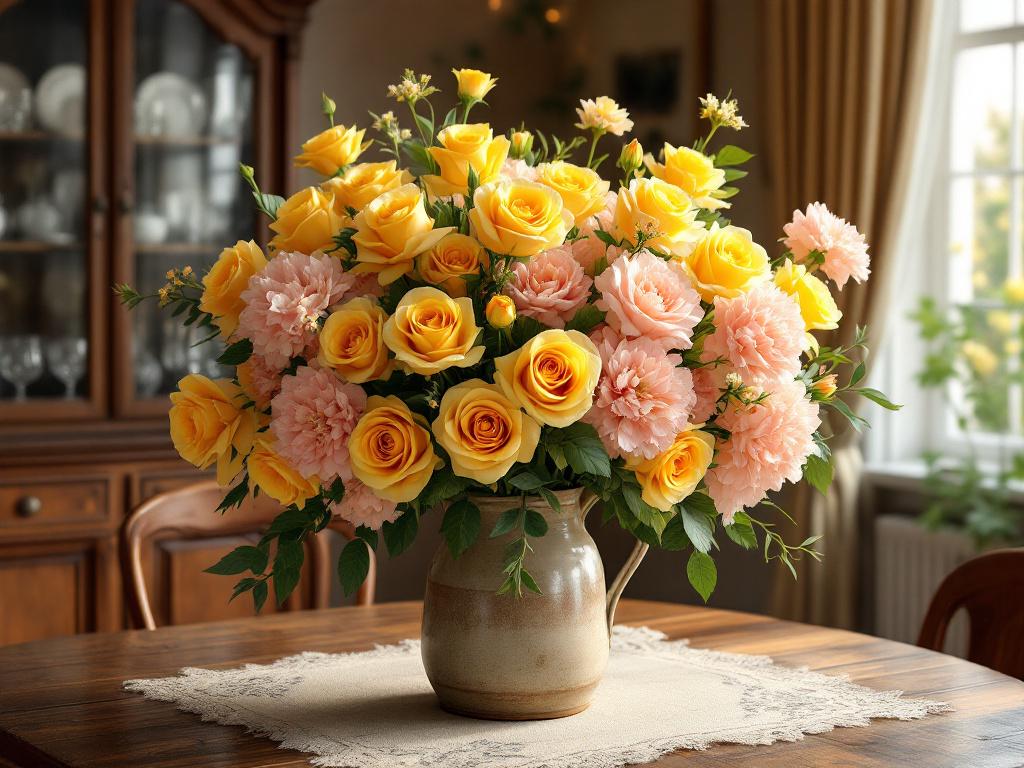
Symbolically, hydrangeas carry various meanings across different cultures. They are often associated with gratitude, grace, and abundance, making them popular in bouquets and arrangements for significant occasions such as weddings and anniversaries. Furthermore, in some traditions, these flowers are seen as a representation of understanding and heartfelt emotions. Historically, hydrangeas have been significant in countries like Japan and France, where they have been cultivated for centuries, symbolizing beauty and femininity. The allure of hydrangeas continues to resonate with people worldwide, securing their place as a beloved floral favorite.
Types of Hydrangeas and Their Uses in Arrangements
Hydrangeas are celebrated for their stunning blooms and versatility in floral arrangements. Various types of hydrangeas each offer unique characteristics that can enhance any bouquet or centerpiece. The most common variety is the mophead hydrangea, known for its large, spherical clusters of flowers. These showy blooms come in a range of colors, including blue, pink, and white, depending on the soil’s pH level. Mophead hydrangeas are ideal for creating dramatic arrangements and are often used in wedding bouquets and large displays due to their robust size.
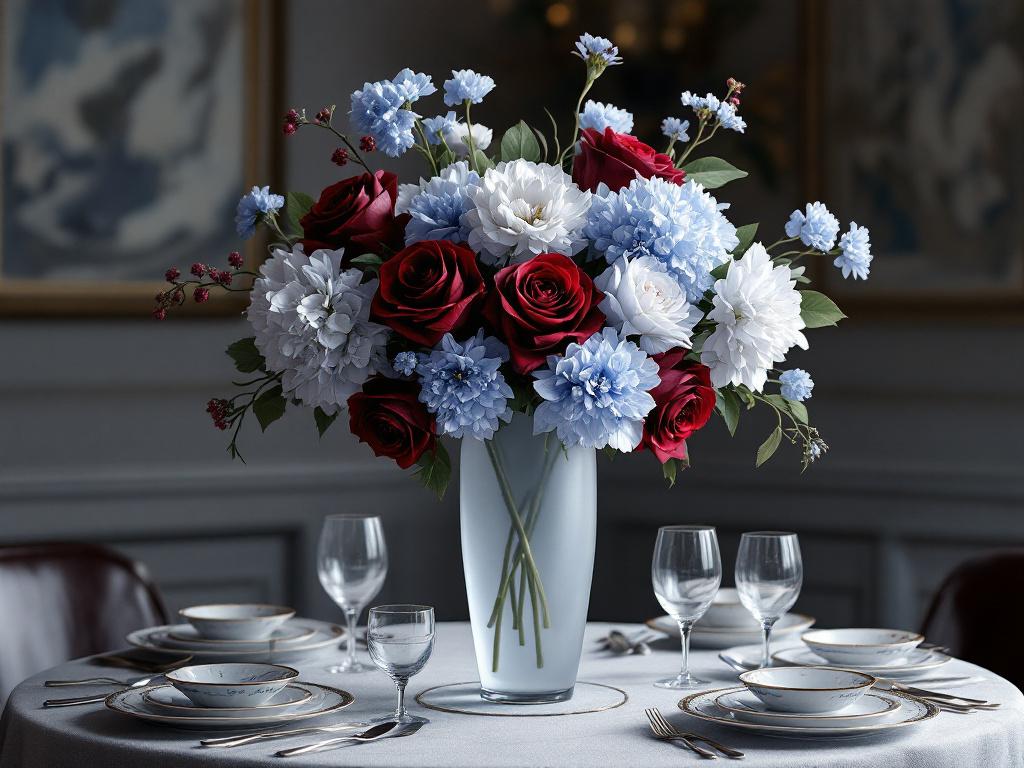
Lacecap hydrangeas present a more delicate appearance with flat flower heads that showcase a ring of showy outer florets encircling small, central blooms. This type adds an intricate texture to arrangements, making it suitable for more understated displays. Their beauty shines in garden-themed arrangements and can also complement rustic or vintage-inspired settings due to their old-world charm.
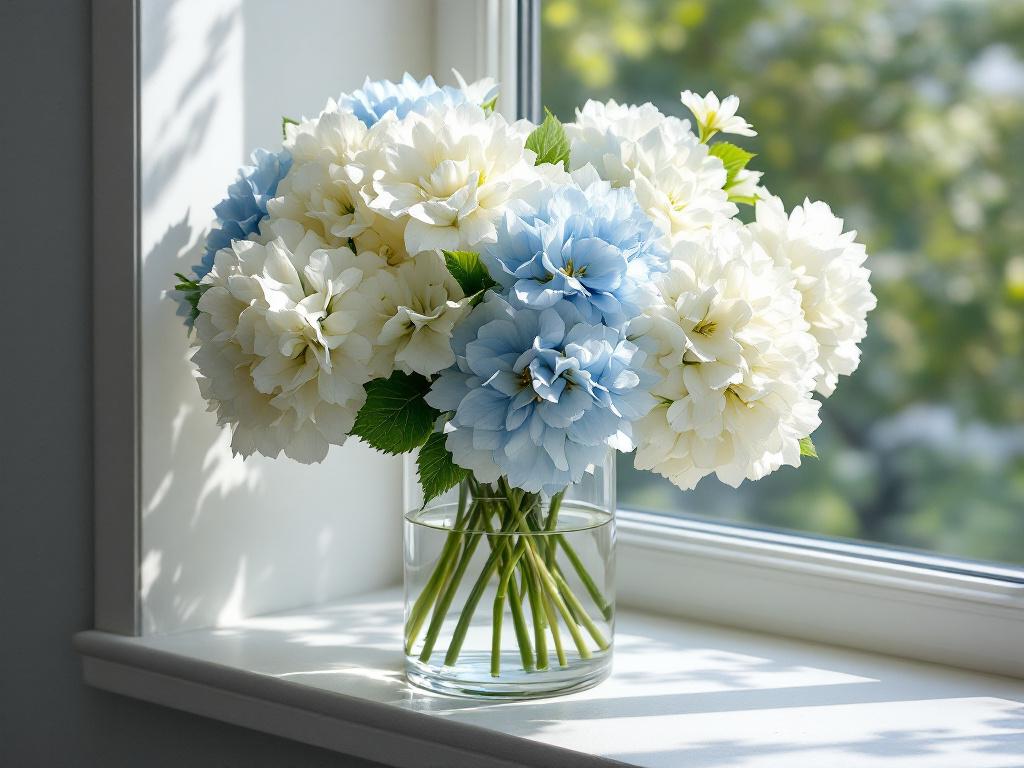
Panicle hydrangeas, another popular type, are characterized by their cone-shaped flower clusters. They tend to bloom later in the season and exhibit colors like white, cream, and pink, gradually deepening as they age. These hydrangeas are often incorporated into summer arrangements, providing a graceful touch to outdoor events or casual gatherings.
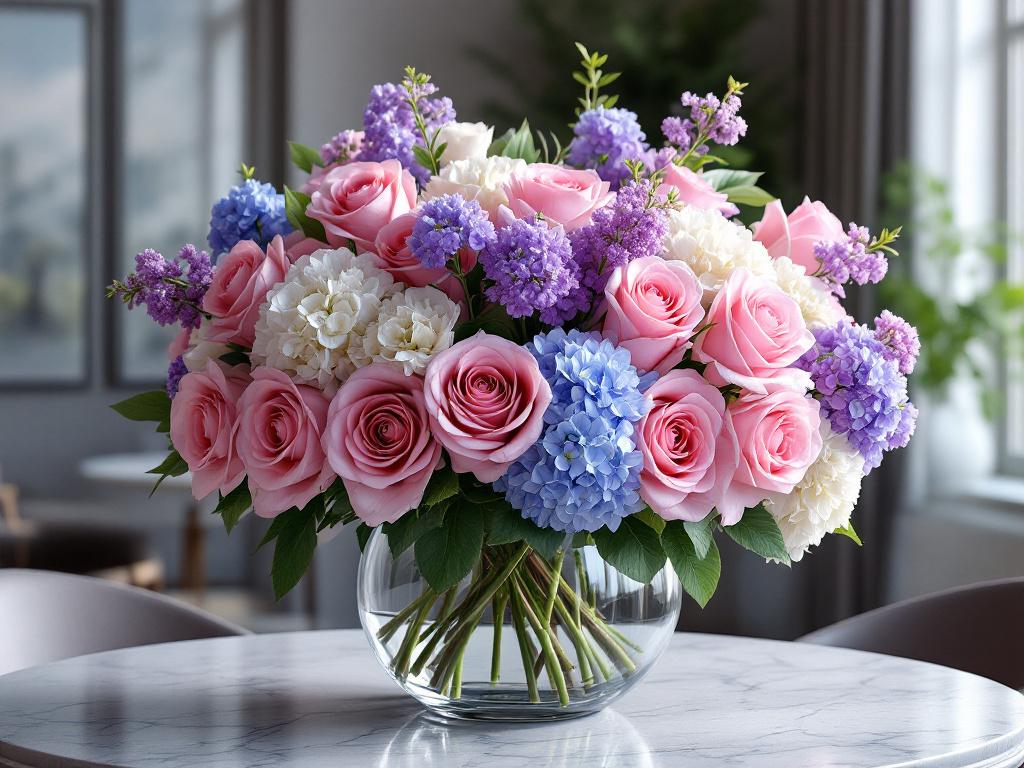
When selecting the appropriate hydrangea type for an arrangement, one should consider the occasion and overall theme. For instance, mophead hydrangeas may enhance a romantic wedding theme, while lacecap varieties can popularize a more casual or rustic atmosphere. Additionally, using a mix of hydrangea types can bring depth and interest to the floral display, ensuring that your arrangements are both eye-catching and harmonious.
Designing Stunning Floral Arrangements with Hydrangeas
Creating beautiful floral arrangements with hydrangeas requires a keen understanding of design principles, such as balance, color harmony, and texture. These large, lush blooms serve as excellent focal points in various floral designs, easily captivating anyone who beholds them. To ensure a well-proportioned arrangement, consider the size and shape of both the hydrangeas and the accompanying flowers, ensuring that larger hydrangeas are balanced with smaller blooms to create visual interest.
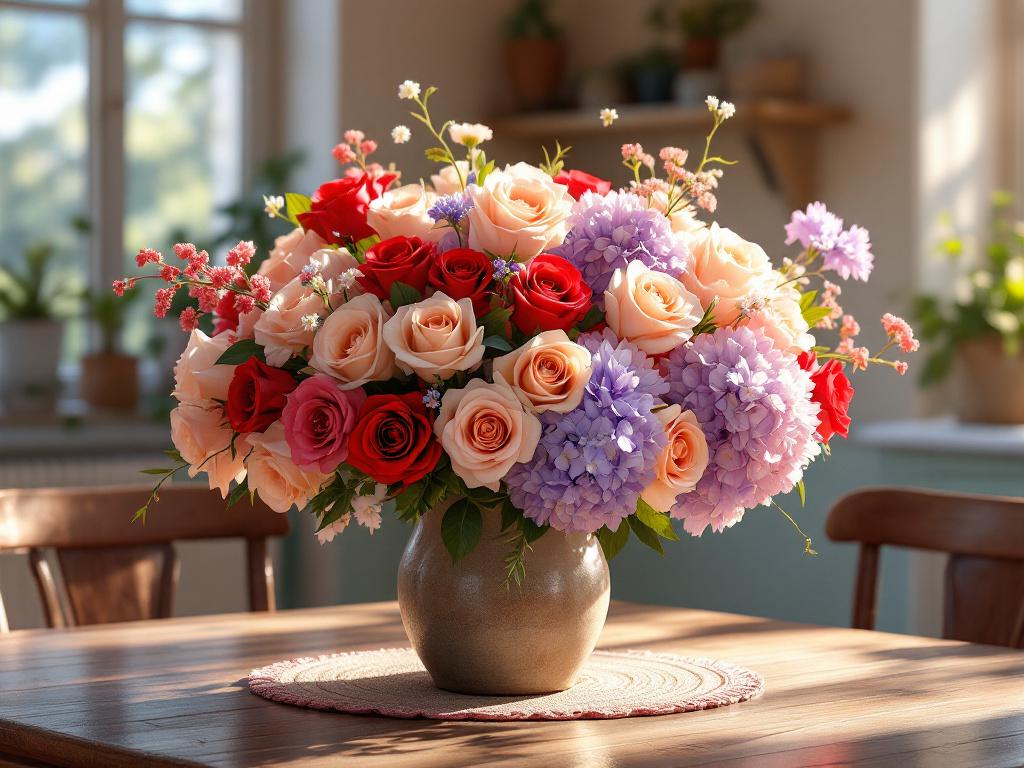
When selecting complementary flowers to pair with hydrangeas, consider choosing varieties that enhance their natural beauty. For instance, roses, peonies, and lilies can provide elegant contrast and add depth to arrangements. Delicate greenery, such as ferns or eucalyptus, can be used to fill in gaps and add texture, enhancing the overall composition. In doing so, it is essential to focus on color harmony; select flowers in shades that align well with the hydrangeas—whether bold hues or soft pastels—to create a cohesive scheme.
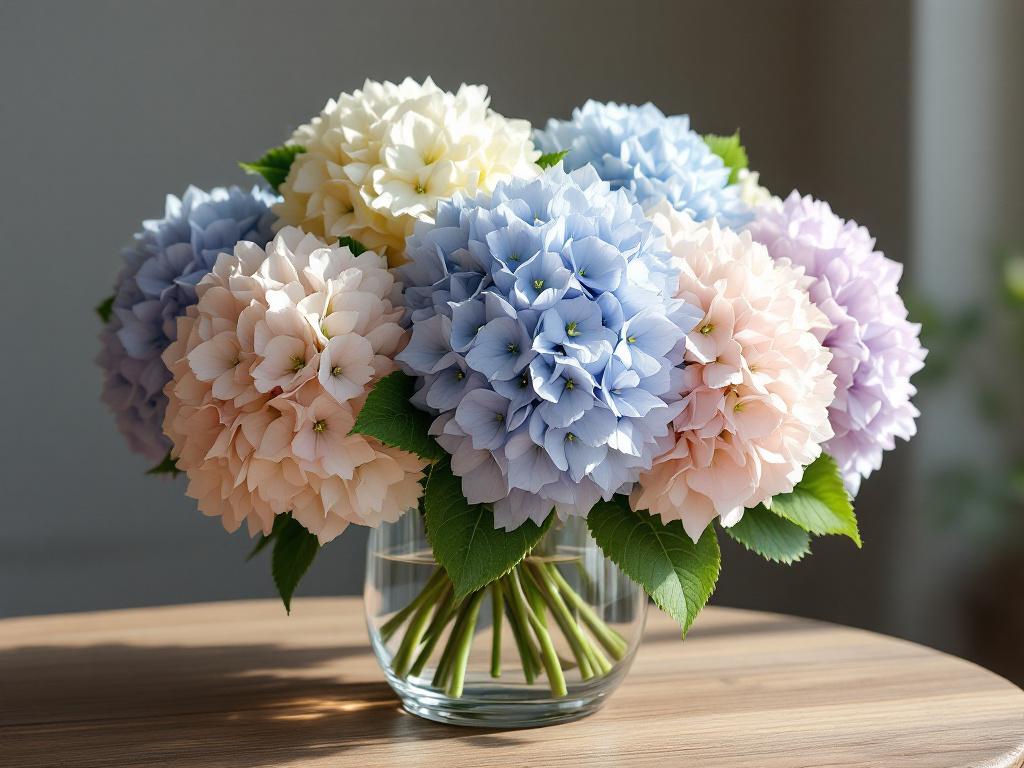
Seasonal arrangements can be particularly captivating when utilizing hydrangeas. In spring, pair them with tulips and daffodils for a fresh and vibrant bouquet. In summer, experiment with sunflowers and zinnias, which create a cheerful and lively display. For autumn, consider incorporating branches or berries alongside hydrangeas to evoke the season’s warm colors. In winter, white hydrangeas can create a dramatic effect when paired with evergreen foliage and twinkling lights, perfect for festive occasions.
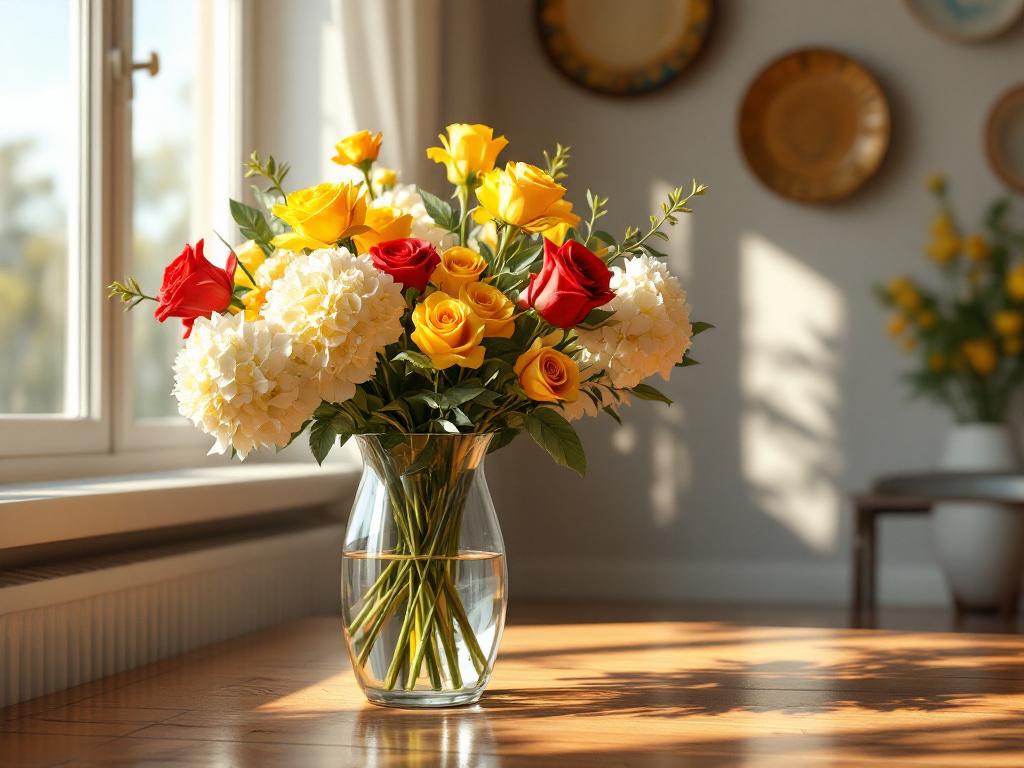
Ultimately, the key to mastering floral arrangements with hydrangeas lies in experimentation and practice. By thoughtfully combining blooms, balancing proportions, and maintaining attention to color, one can craft stunning arrangements that celebrate the unique beauty of hydrangeas while capturing the essence of any occasion.
Caring for Hydrangeas: Ensuring Longevity in Arrangements
To ensure the longevity of hydrangeas in floral arrangements, it is imperative to focus on hydration and proper care right from the moment of purchase. Hydrangeas are known for their vibrant blooms, but they can be finicky when it comes to water needs. It is recommended to immediately cut about an inch from the stem at a diagonal angle. This practice increases the surface area for water absorption, allowing the hydrangea to hydrate properly.
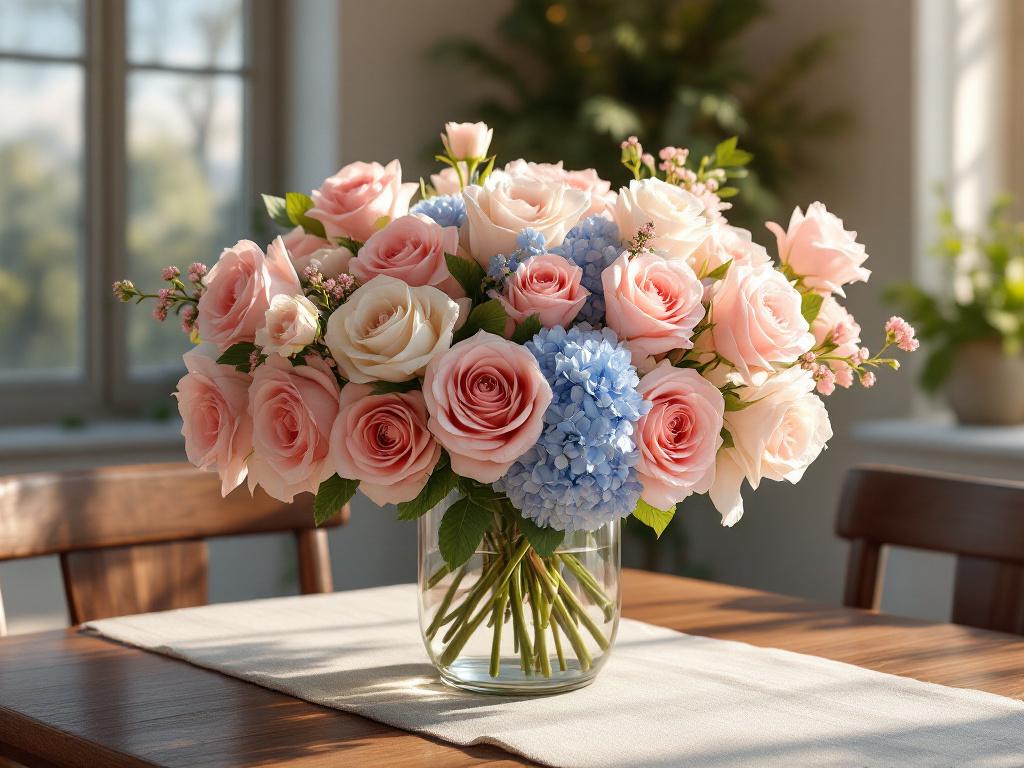
In terms of hydration, the ideal approach is to place the hydrangea stems in a bucket of water and allow them to soak for several hours before arranging them. Maintaining adequate water levels in the vase is crucial. Hydrangeas can absorb a significant amount of water, so it is essential to monitor and refill the vase as needed to prevent premature wilting. Adding floral preservative can also help in providing necessary nutrients, thus prolonging the life of the blooms.
Light conditions play an equally significant role in the vitality of hydrangeas. These blooms thrive in bright, indirect sunlight. Direct sunlight can cause the flowers to wilt rapidly, while low-light conditions may inhibit their bloom potential. Therefore, positioning your hydrangea arrangements near a well-lit window, yet shielded from harsh rays, will yield better results.
If you notice that your hydrangeas are beginning to wilt, there are a few strategies to refresh them. Start by re-cutting the stems underwater again to improve water uptake. Additionally, soaking the entire bloom in a bowl of water for several hours can rehydrate wilted flowers effectively. Common issues with hydrangeas—such as color fading or leaf drooping—can often be resolved with better care and attention to their environmental needs.
